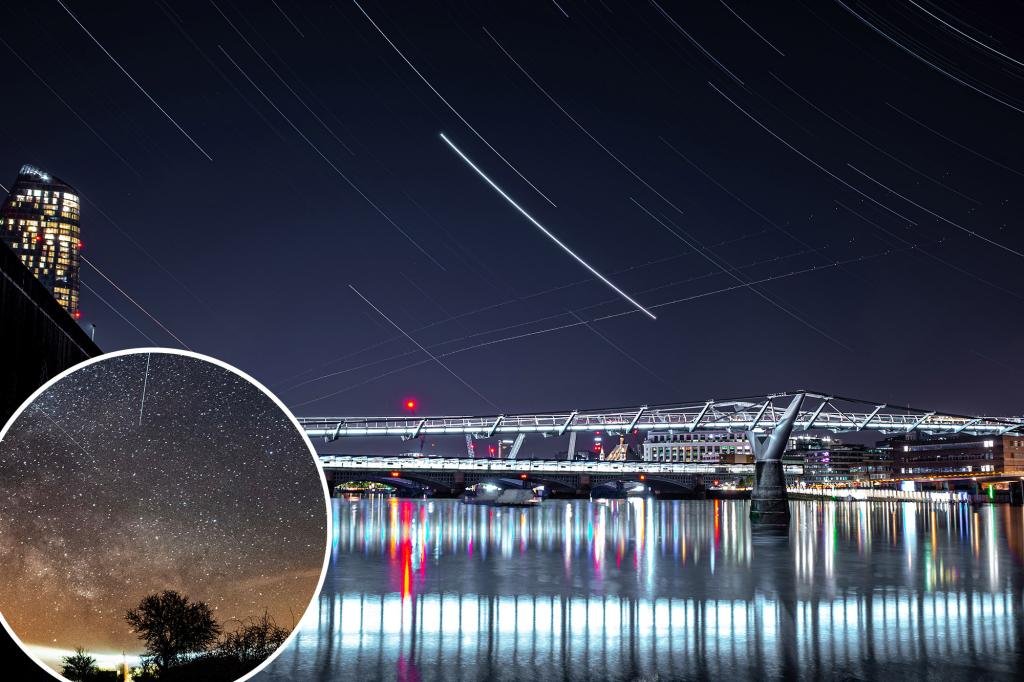The Lyrid meteor shower, expected to return this weekend, is one of the oldest-known meteor showers on record. Named for the nearby constellation Lyra, this cosmic phenomenon is composed of debris from the Comet C/1861 G1 Thatcher, discovered by A.E. Thatcher in 1861. The comet is expected to take about 415 years to complete a full orbit.
The peak viewing time for the Lyrid meteor shower will be on Saturday night, April 21, going into April 22. Stargazers will have the best view in the Northern Hemisphere after the moon sets below the horizon but before dawn. It is advised to find a spot away from city lights or street lights and allow their eyes to adjust to the darkness for about 30 minutes for optimal viewing.
At times, the Lyrids can wow viewers with up to 100 meteors per hour, but on average, the meteor shower showcases about 10 to 20 meteors per hour. These meteors do not streak across the sky, but produce an occasional bright flash known as a fireball. The Lyrid meteor shower has been peaking in late April for thousands of years and began in little bursts on Monday but has not reached its peak just yet.
The Lyrid meteor shower is expected to be visible from nearly every country in the world. Stargazers in the Northern Hemisphere will have the best view after the moon sets below the horizon. NASA suggests finding a location away from city lights or street lights and allowing their eyes to adjust to the darkness for around 30 minutes in order to fully appreciate the celestial display.
Named after the nearby constellation Lyra, the Lyrid meteor shower is composed of debris from Comet C/1861 G1 Thatcher, discovered in 1861 by A.E. Thatcher. Scientists estimate that it will take about 415 years for the comet to complete a full orbit. The cosmic phenomenon of the Lyrids is one of the oldest-known meteor showers on record.
On the night of April 21 going into April 22, stargazers will be able to witness the peak of the Lyrid meteor shower. The best viewing time for those in the Northern Hemisphere will be after the moon sets below the horizon but before dawn. To enhance the viewing experience, it is recommended to find a location away from artificial lights and allow the eyes to adjust to the darkness for approximately 30 minutes.

